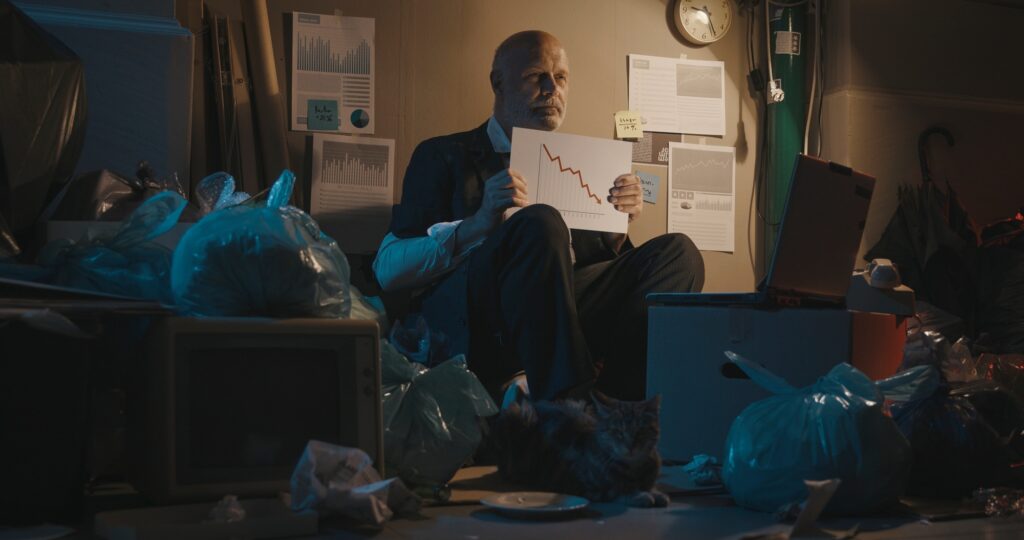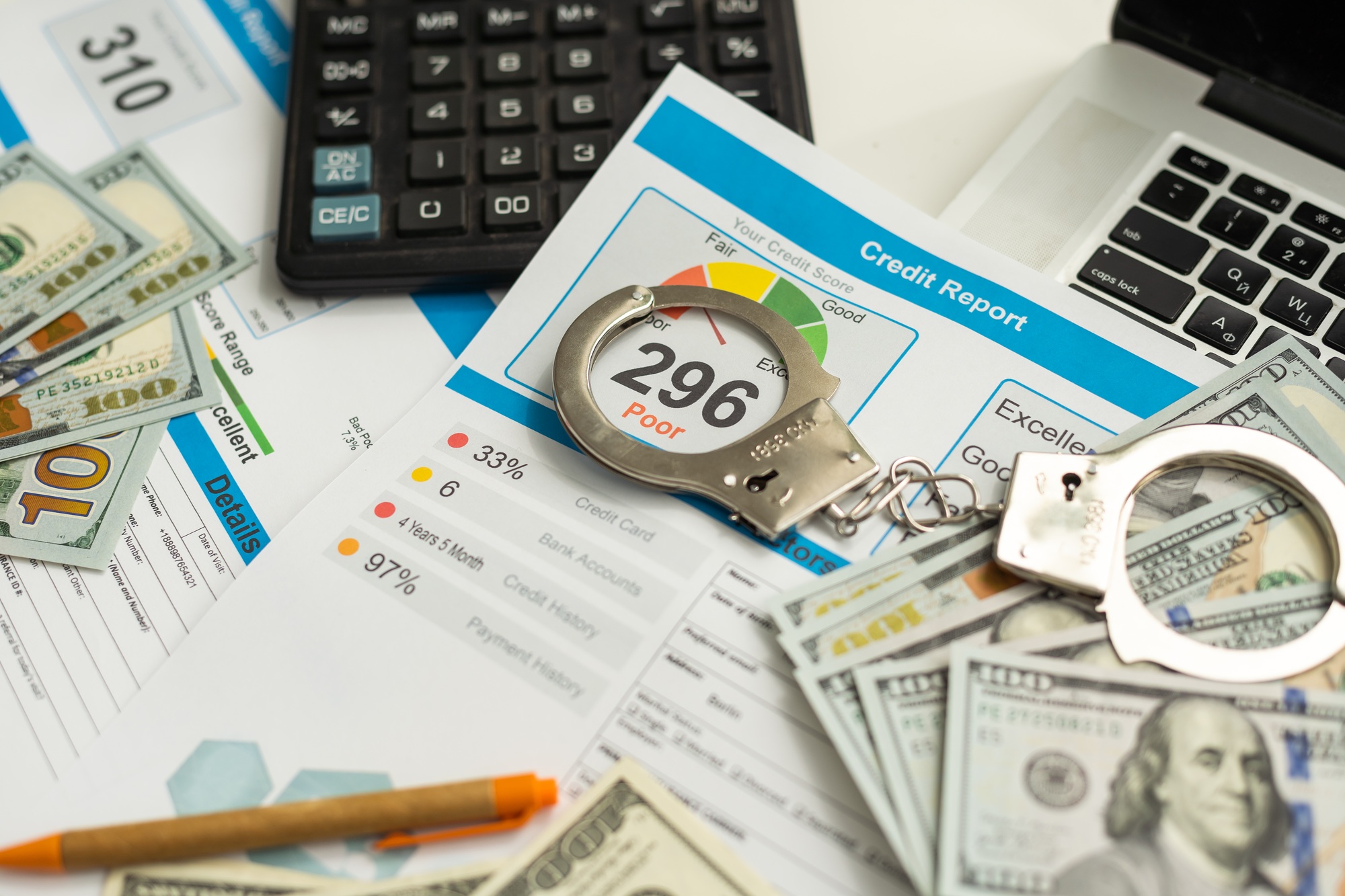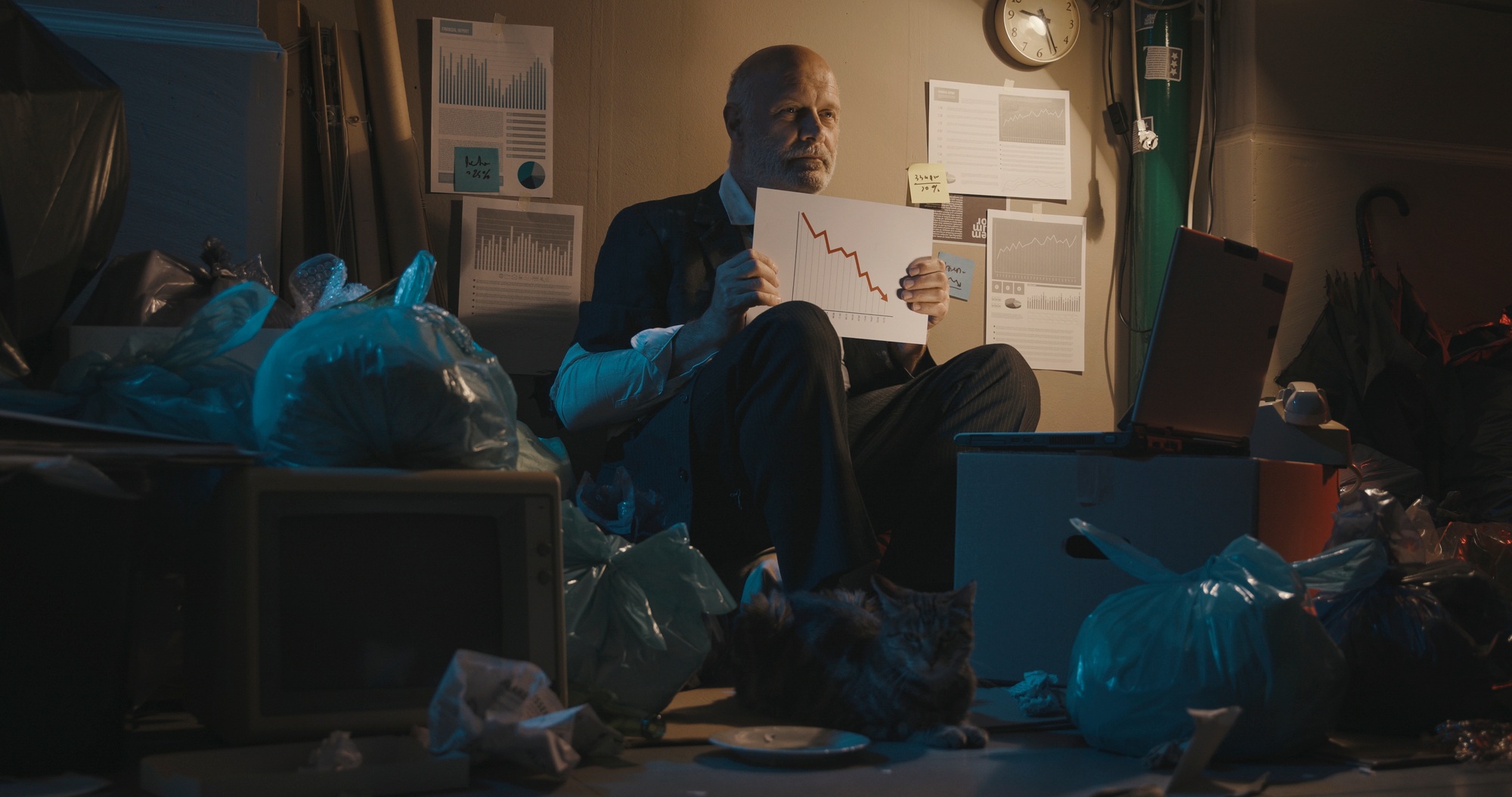
Learn how the Insolvency & Bankruptcy Code affects personal loans in India. Discover loan settlement options, fresh start processes, and debt relief strategies in 2025.
Introduction: Why Loan Settlement Matters More Than Ever in 2025
Listen, if you’re reading this, you’re probably feeling the weight of unpaid personal loans pressing down on your shoulders. Trust me, you’re not alone. With over ₹8 lakh crore in outstanding unsecured loans as of March 2024, millions of Indians are struggling to keep up with their EMIs.
But here’s the thing – 2025 might actually be the best time in years to settle loan obligations, thanks to significant changes in India’s financial landscape. The Insolvency & Bankruptcy Code (IBC) has been quietly revolutionizing how debt is handled in our country, and it’s time you knew exactly how this affects your personal loan situation.
Understanding the Insolvency & Bankruptcy Code: More Than Just Corporate Bailouts
Most people think the IBC is only about big companies going bankrupt, but that’s only half the story. The Code, introduced in 2016, actually has provisions for individuals too – including something called the “Fresh Start Process” that could be a game-changer for personal loan borrowers.
Here’s what’s interesting: while the corporate side of IBC has helped resolve trillions in stressed debt, the individual provisions remain largely untapped. But that doesn’t mean they’re not important – in fact, they might be exactly what you need.
The Fresh Start Process: Your Ticket to Financial Freedom
The Fresh Start Process is like hitting the reset button on your financial life. It’s designed for people who owe relatively small amounts and have little income or assets to repay their debts. Once approved, you’re discharged from qualifying debts – essentially, you don’t have to repay them.
Eligibility criteria include:
- Debts up to ₹35,000
- Gross annual income under ₹60,000
- Total assets under ₹20,000
- No home ownership
Now, I know what you’re thinking – “₹35,000? That’s nothing!” But remember, this is just one tool in the toolkit. Plus, Part III of the IBC (which covers individuals) hasn’t been fully notified yet, so these thresholds might change.
How IBC Changes the Game for Personal Loan Settlement
The IBC has created what experts call a “deterrence effect” – even before formal insolvency proceedings begin, borrowers and lenders are more motivated to settle. This has led to the settlement of thousands of cases with trillions of rupees of debt even before applications reached the tribunals.
The Shift from Debtor-Friendly to Creditor-Friendly
Before IBC, India’s insolvency laws were debtor-driven with little role for creditors. The old Presidency Towns Insolvency Act (1909) and Provincial Insolvency Act (1920) were frankly outdated and ineffective.
The IBC changed this by:
- Establishing time-bound resolution (180 days maximum)
- Providing interim moratorium protection
- Creating a creditor-in-control framework
- Offering professional resolution processes
Current Trends in Personal Loan Settlement (2025 Data)
Let’s talk numbers because they tell a story. Recent data shows small-ticket personal loans under ₹10,000 are showing higher delinquency rates, especially for loans taken during late 2023 and early 2024. This suggests that many borrowers took on debt during economic uncertainty and are now struggling to repay.
The good news? Banks are becoming more open to loan settlement negotiations. Here’s why:
Rising Household Debt Concerns
- Household debt-to-GDP ratio reached 41.9% as of December 2024
- Non-housing retail loans account for 54.9% of total household debt
- RBI has implemented stricter lending norms, including a 50% Loan-to-Income ratio cap
What This Means for You
Banks are feeling the pressure from regulators to clean up their books while borrowers are struggling with higher costs of living. This creates the perfect storm for settlement negotiations – both sides have incentives to reach an agreement.
The Settlement Process: How to Navigate Your Options
If you’re considering loan settlement, here’s what you need to know about the process in 2025:
Step 1: Assess Your Financial Situation
Before reaching out to lenders, honestly evaluate:
- Your total outstanding debt
- Your monthly income and expenses
- Any assets you might have
- Your ability to make a lump-sum payment
Step 2: Understand Your Rights Under IBC
Even if you don’t qualify for the Fresh Start Process, IBC has strengthened borrower protections:
- Right to interim moratorium during proceedings
- Protection from harassment during settlement negotiations
- Professional mediation through resolution professionals
Step 3: Choose Your Settlement Strategy
You have several options:
One-Time Settlement (OTS)
Banks offer to settle your debt for a reduced amount, typically 30-70% of the outstanding balance. Recent RBI guidelines have made OTS more structured and transparent.
Restructuring vs. Settlement
Sometimes restructuring (changing EMI amounts or tenure) might be better than settlement, especially if you want to preserve your credit score.
Step 4: Professional Help
Companies like TrueSettle specialize in negotiating with banks on your behalf. With a 100% success rate and zero upfront fees, professional help can make the difference between a successful settlement and ongoing financial stress.
The Credit Score Reality: What Settlement Really Costs
Let’s be honest about the elephant in the room – loan settlement will impact your credit score. A settled account can lower your score by 75-125 points and stays on your report for 7 years.
But here’s the thing: if you’re already struggling with payments, your credit score is probably taking a hit anyway. Sometimes settlement is the lesser of two evils.
Rebuilding After Settlement
The impact isn’t permanent. With proper financial discipline:
- You can start rebuilding your credit within 6-12 months
- Secured credit cards can help re-establish credit history
- Consistent bill payments gradually improve your score
The financial landscape is evolving rapidly. Here are key changes affecting personal loan settlement:
2025 Regulatory Changes You Should Know About
RBI’s New Guidelines
- Asset Reconstruction Companies (ARCs) now have clearer settlement guidelines
- Loan-to-Income ratio capped at 50% for new loans
- Enhanced borrower protection against harassment during recovery
Technology Integration
Digital lending platforms are making settlement negotiations more transparent and efficient. This means faster processing and better documentation of agreements.
When Settlement Makes Sense (And When It Doesn’t)
Consider settlement if:
- You’ve been unable to pay EMIs for 6+ months
- Your income has significantly decreased
- Legal action is imminent
- You have access to a lump-sum amount for settlement
Think twice if:
- You can manage payments with restructuring
- You’re planning major purchases in the next 3-5 years
- Your income situation is temporarily affected
The Role of Professional Settlement Services
Working with professional settlement services like TrueSettle can significantly improve your outcomes. Here’s why:
Expertise in Negotiation
Professional negotiators understand bank policies and can often secure better settlement terms than individual borrowers.
Legal Protection
With proper legal backing, you’re protected from harassment and unfair practices during the settlement process.
Documentation
Professional services ensure all agreements are properly documented, protecting you from future claims.
Looking Ahead: What 2025 Holds for Debt Resolution
The Indian government and RBI are clearly focused on creating a more balanced approach to debt resolution. With the IBC continuing to evolve and new regulations coming into effect, we’re likely to see:
- More structured settlement processes
- Better borrower protections
- Faster resolution timelines
- Greater transparency in negotiations
The Fresh Start Process Implementation
While Part III of the IBC isn’t fully notified yet, there’s growing pressure to implement individual insolvency provisions. When this happens, it could provide significant relief to small-debt borrowers.
Making the Right Choice for Your Financial Future
Look, dealing with debt stress is exhausting. You lose sleep, relationships suffer, and every phone call from an unknown number sends your heart racing. But here’s what I want you to remember – you have options, and 2025 might be the best time to exercise them.
The IBC has fundamentally changed how debt is viewed in India. It’s moved from a system that trapped both borrowers and lenders in endless litigation to one that encourages resolution and fresh starts.
Your Next Steps
If you’re struggling with personal loan payments:
- Don’t ignore the problem – it only gets worse
- Document everything – keep records of all communications
- Explore all options – settlement isn’t always the best choice
- Get professional help – companies like TrueSettle can navigate the process for you
- Plan for the future – use this as an opportunity to build better financial habits
Ready to Take Control of Your Debt?
The impact of the Insolvency & Bankruptcy Code on personal loans has created new opportunities for borrowers to settle loan obligations fairly and efficiently. With professional guidance and the right approach, you can move from financial stress to financial freedom.
TrueSettle is here to help you navigate this complex landscape. Our team of professionals understands both the legal framework and the practical realities of debt settlement. With zero upfront fees and a proven track record, we’ve helped thousands of Indians resolve their debt burdens ethically and effectively.
Don’t let debt control your life any longer. Contact TrueSettle today for a free consultation, or use our debt relief calculator to understand your options. Your fresh start is just a phone call away.
Ready to explore your debt settlement options? Contact TrueSettle for a free, confidential consultation. Call us now or visit our debt relief calculator to see how much you could save. Remember, every day you wait is another day of unnecessary stress – take action today and reclaim your financial freedom.






